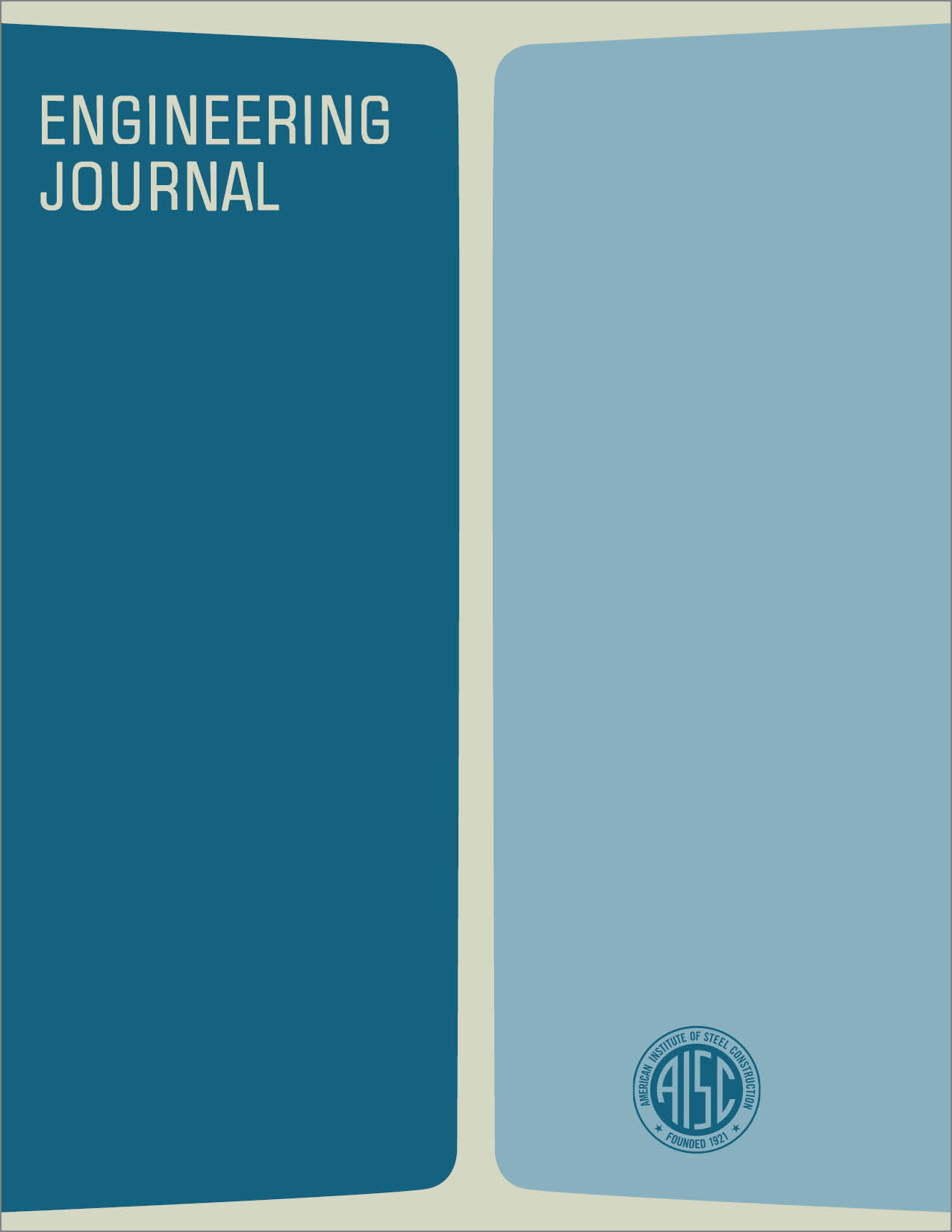Vibration and Deflection of Steel Bridges
DOI:
https://doi.org/10.62913/engj.v9i1.178Abstract
Designers wish to provide highway bridges with adequate strength, service lives uninterrupted by fatigue damage, durable riding surfaces, and comfortable crossings for pedestrians and occupants of moving vehicles. Among the criteria employed in the design of steel multistringer highway bridges are limitations on the slenderness and flexibility of the stringers. These limitations commonly lead to bridge designs which need extra embankment and right-of-waywhere vertical clearances are tight and prevent economical applications of high strength steel. It is less clear how they contribute to the desired qualities noted above. The objectives of this paper are: (1) to explore the actual effects of stringer flexibility and slenderness on the quality of highway bridges, and (2) to suggest improved criteria which may help the designer achieve a high quality, economical structure. The objective of this paper is to show the effects of the slenderness and flexibility of multistringer steel highway bridges on their strength and serviceability. Slenderness affects the amount of steel required for bridge stringers and has an associated secondary influence on the dead weight ofthe bridge. Flexibility affects responses to static (slowly moving) loadings and to dynamic loadings.

